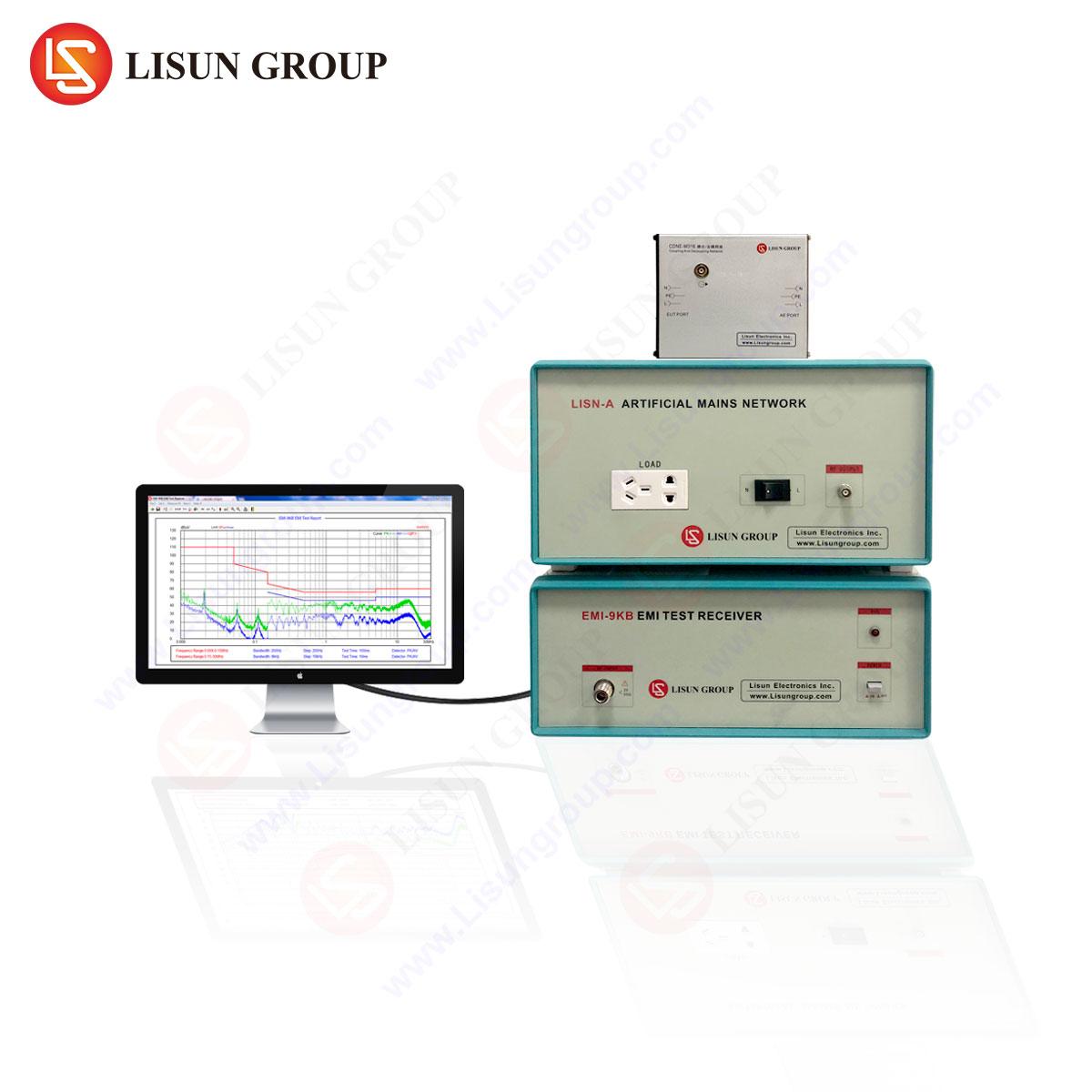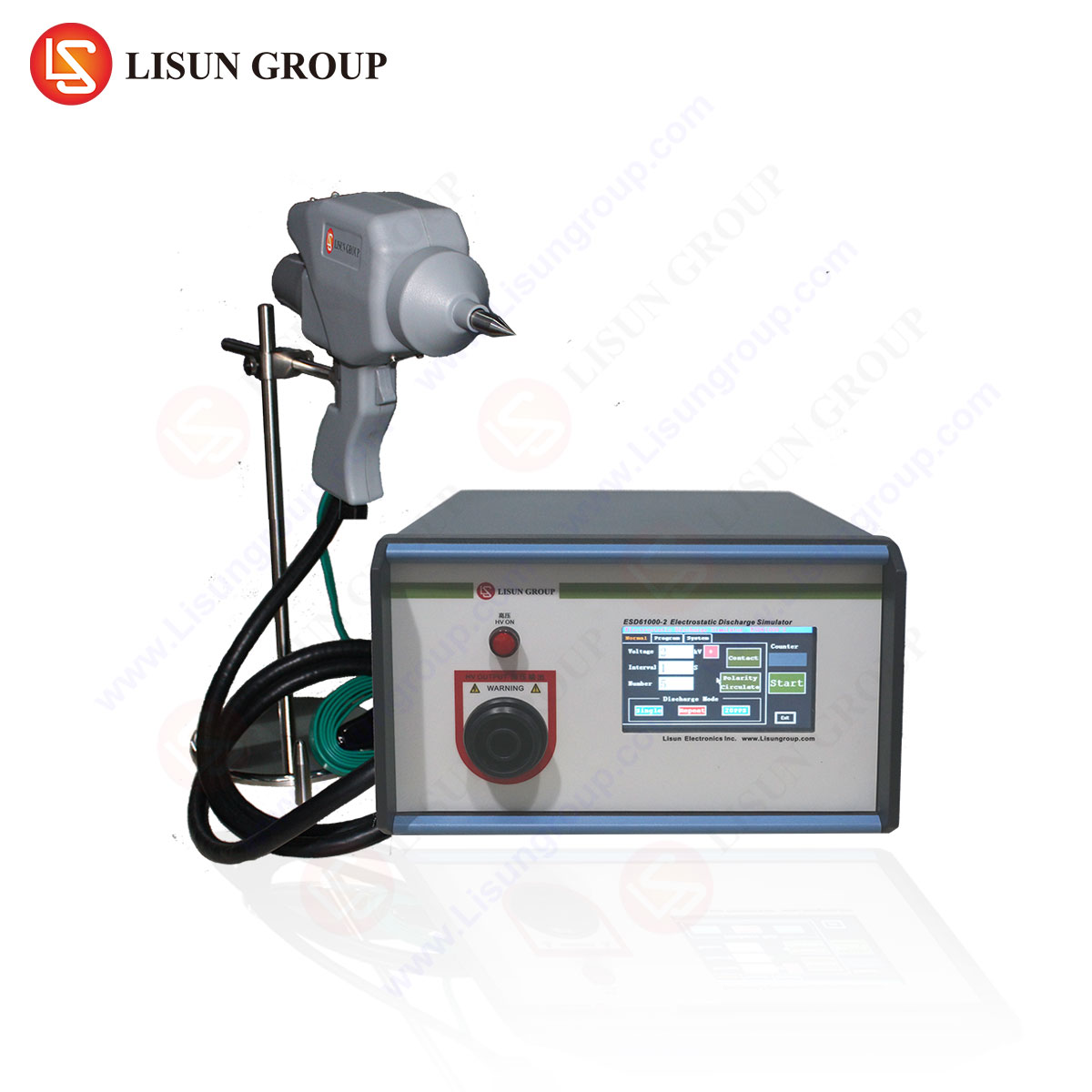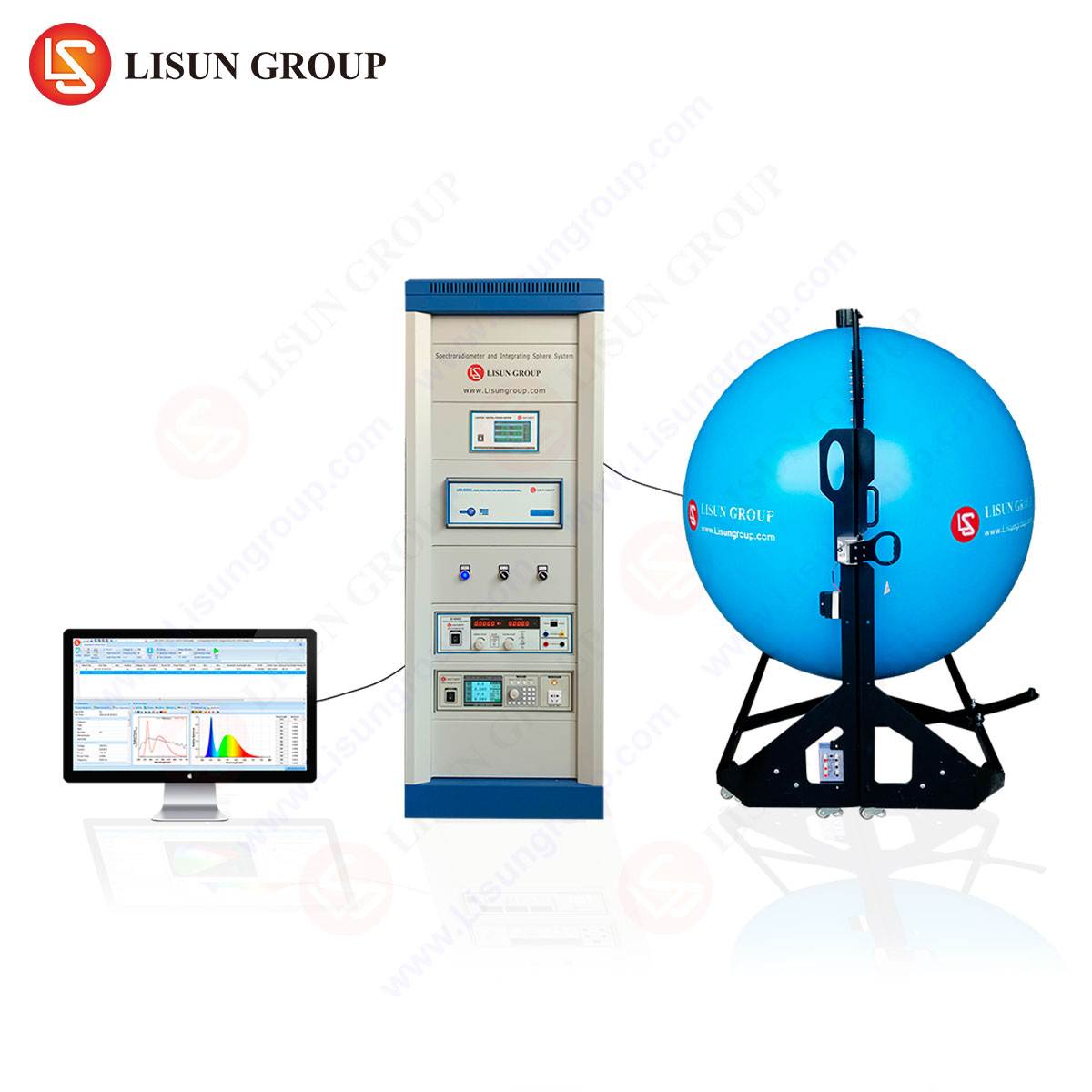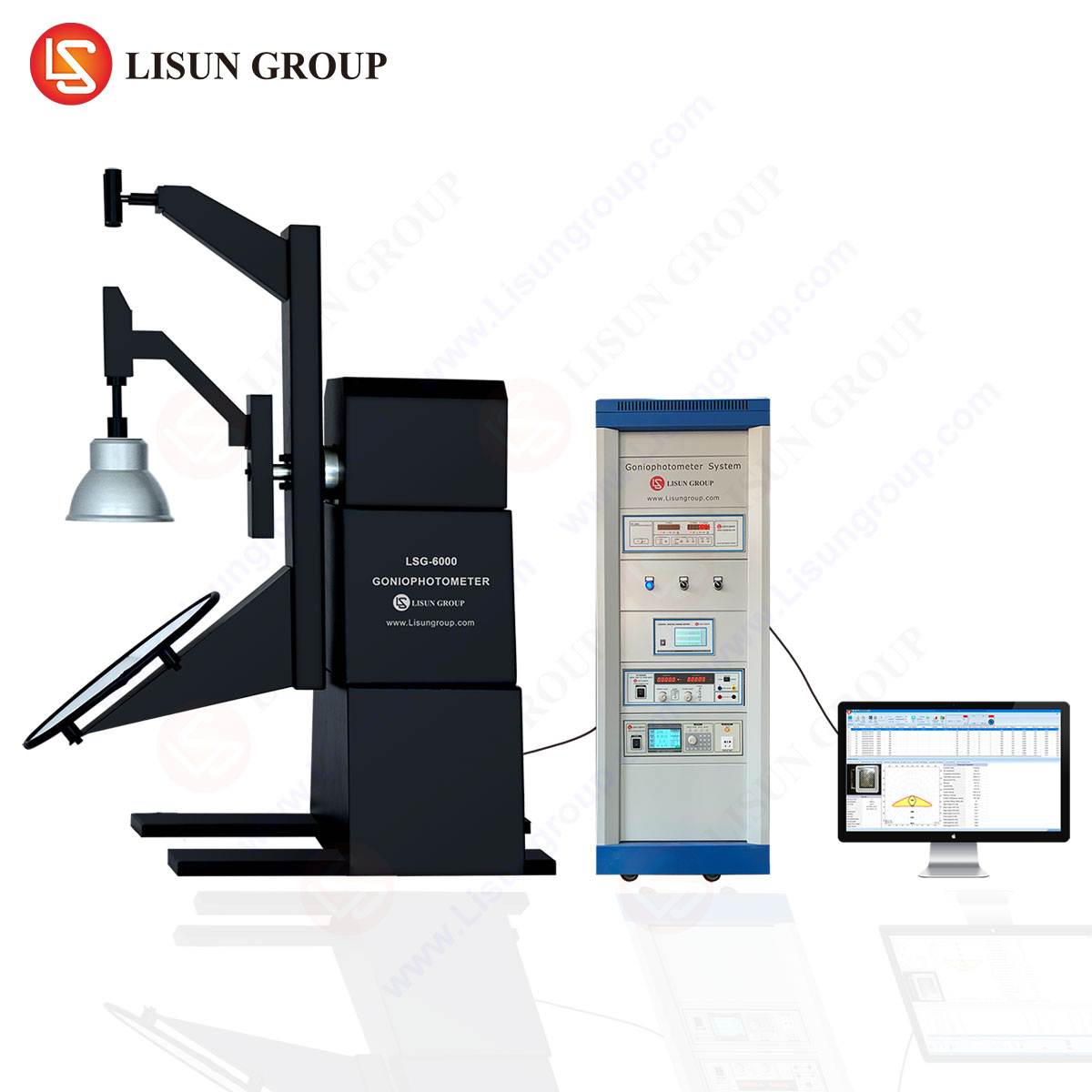Impulse generators, also referred to as surge generators, are specialized testing instruments designed to simulate transient voltage or current surges in electrical and electronic systems. These devices are critical for evaluating the immunity of equipment against electrical disturbances, ensuring compliance with international standards such as IEC 61000-4-5, EN 61000-4-5, and GB/T 17626.5.
The LISUN SG61000-5 Surge Generator is a state-of-the-art impulse generator engineered to deliver precise, high-energy surge waveforms for rigorous testing across multiple industries. This article examines its technical specifications, operational principles, and industry-specific applications while highlighting its competitive advantages.
Surge immunity testing evaluates a device’s resilience against transient overvoltages caused by lightning strikes, switching operations, or electrostatic discharge. The LISUN SG61000-5 generates standardized surge waveforms, including:
These waveforms replicate real-world disturbances, allowing engineers to assess failure thresholds and protective measures in electronic circuits.
The LISUN SG61000-5 is engineered for high-performance surge testing with the following specifications:
The generator features a modular design, enabling seamless integration with automated test systems and remote operation via software interfaces.
The LISUN SG61000-5 employs capacitive discharge circuits to generate high-energy surges. Key testing methodologies include:
Waveform calibration ensures adherence to IEC standards, with real-time monitoring via integrated oscilloscope functionality.
Surge testing ensures lighting systems withstand voltage fluctuations in industrial environments. The SG61000-5 verifies surge protection devices (SPDs) in high-bay lighting and motor control units.
Compliance with IEC 60601-1-2 mandates surge immunity for medical equipment. The generator tests defibrillator protection circuits and smart home appliance power supplies.
Telecom base stations and broadcast systems require surge resilience. The SG61000-5 validates shielding effectiveness in fiber-optic transceivers and HDMI interfaces.
Electric vehicles (EVs) and railway signaling systems undergo surge testing to prevent failure from inductive load switching.
Aircraft avionics and grid infrastructure rely on surge generators to certify lightning strike resistance.
The SG61000-5 supports testing per:
Certification bodies such as TÜV and UL recognize its testing reports for product homologation.
A manufacturer of cordless drills utilized the SG61000-5 to validate surge protection in battery management systems (BMS). Testing revealed failure thresholds at 6kV, leading to PCB redesigns that improved compliance with UL 60730.
Q1: What is the maximum repetition rate for surges generated by the SG61000-5?
A: The generator supports up to 1 surge/minute at full energy (10kV/5kA) to prevent overheating.
Q2: Can the SG61000-5 test both AC and DC power supplies?
A: Yes, it includes configurable coupling networks for AC (16A) and DC (250V) systems.
Q3: How does the generator ensure waveform accuracy?
A: Built-in calibration routines and external probe verification maintain ±10% tolerance as per IEC 61000-4-5.
Q4: Is the SG61000-5 suitable for testing spacecraft components?
A: Yes, its high-voltage range meets MIL-STD-461G requirements for satellite power systems.
Q5: What safety features are included?
A: Overcurrent protection, ground-fault detection, and interlocked enclosures prevent operator hazards.







